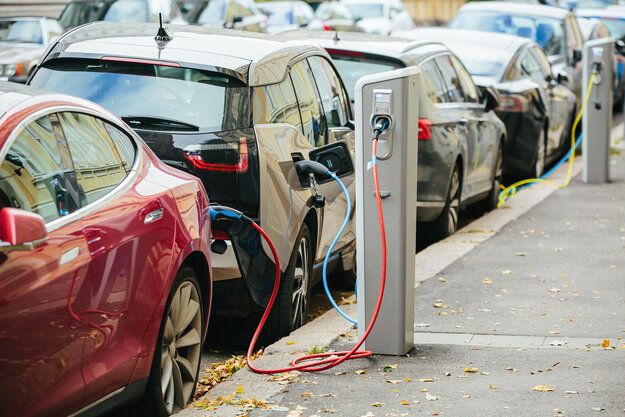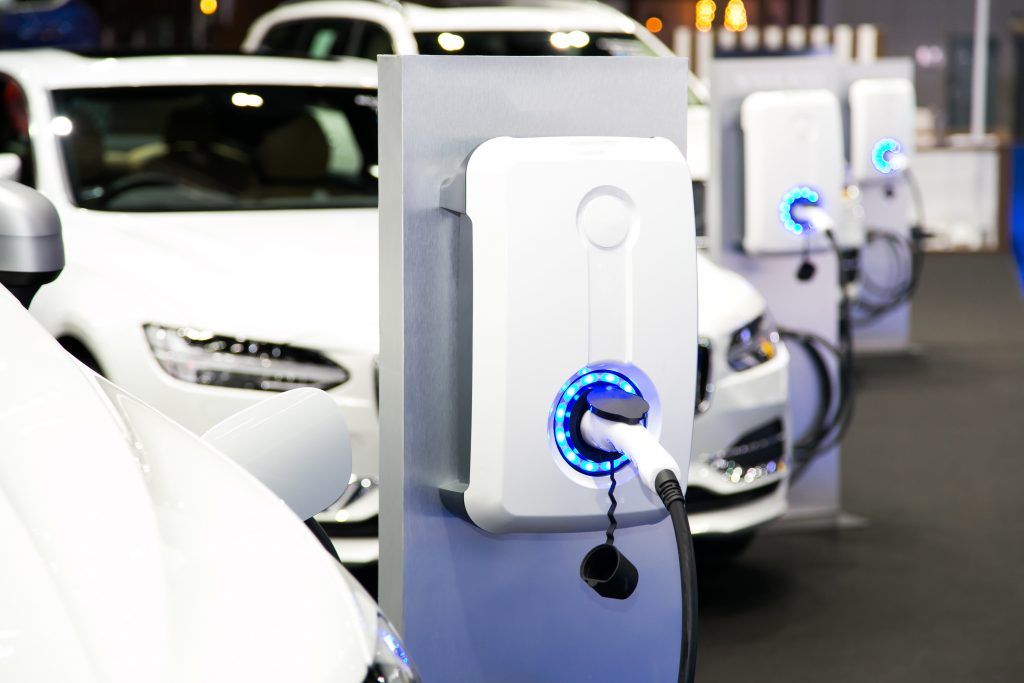A new report on the provision of electric vehicle (EV) charging infrastructure near Premier League football stadia shows that provision of charging points for fans travelling to matches in electric vehicles is woefully inadequate at Premier League grounds.
The aim of the report, conducted as part of the SOSCI project, was to understand how CO2 emissions can be reduced by fans visiting football stadia of Premier League teams by using EV charging points at the stadium.
The report also set out to discover the current impact of large sporting events on the environment, analyse the current EV charging infrastructure surrounding Premier League football grounds, and understand why there is a lack of EV infrastructure surrounding Premier League grounds.
Indeed, the report found that – while car manufacturers are using football to promote the switch to EVs – the reality for fans is quite different, with availability of charging points depending on the affluence of the area where the stadium is located.
Using data from Zap-Map, the Innovate UK funded SOSCI project analysed current charge point infrastructure within a mile radius of Premier League football stadiums.
So where do teams rank in the EV League? Well, Chelsea are currently leading the charge on and off the field, with over 20 charge points within a mile’s walk of Stamford Bridge.
In contrast, Everton are struggling at the bottom of the table, despite their new stadium on the banks of the Mersey being especially vulnerable to rising sea levels associated with the climate emergency.
Even the Premier League’s newest stadia lack adequate EV charging facilities.
However, while Chelsea may be top of the EV League, each charge point is shared by 586 match-going fans, compared to Brentford’s 330.
In light of the data captured, the report recommended that clubs must work with their supporters, residents and Local Authorities to identify local sites for charging points, as well as work with supporters and local people to understand what benefits there will be to their community to transition away from petrol and diesel vehicles.
The report also recommended that clubs should work with local community charge point operators to identify sites and potentially retrofit existing car parks to include charge points.
With petrol and diesel vehicles driven to a stadium, there are increased carbon emissions and increased likelihood of respiratory issues from air pollution.
Charge my Street is working to increase the availability of EV infrastructure around grounds, allowing fans and residents to lower carbon emissions and improve air quality in their area, one charge point at a time.
Charge My Street has installed charge points across England, with a planned site close to Carlisle United’s ground, which will also support eBike charging.
Home and away supporters are able to use the charge points on a matchday as well as residents of Carlisle. Charge My Street encourages local people to use their knowledge of the area to suggest sites for potential charge points, as they know where would be most beneficial for their community.
Residents and fans are being encouraged to suggest sites near stadia and invest in community-owned charging points on the Charge my Street website.
Charge my Street is a partner in the Innovate UK funded SOSCI project, which is installing charge points across the North of England.
Daniel Heery, Director at Charge my Street, said: “We need to see Clubs, Local Authorities and residents working together to get more charge points installed near grounds and help fans make the switch to electric vehicles.”
Image: Shutterstock








